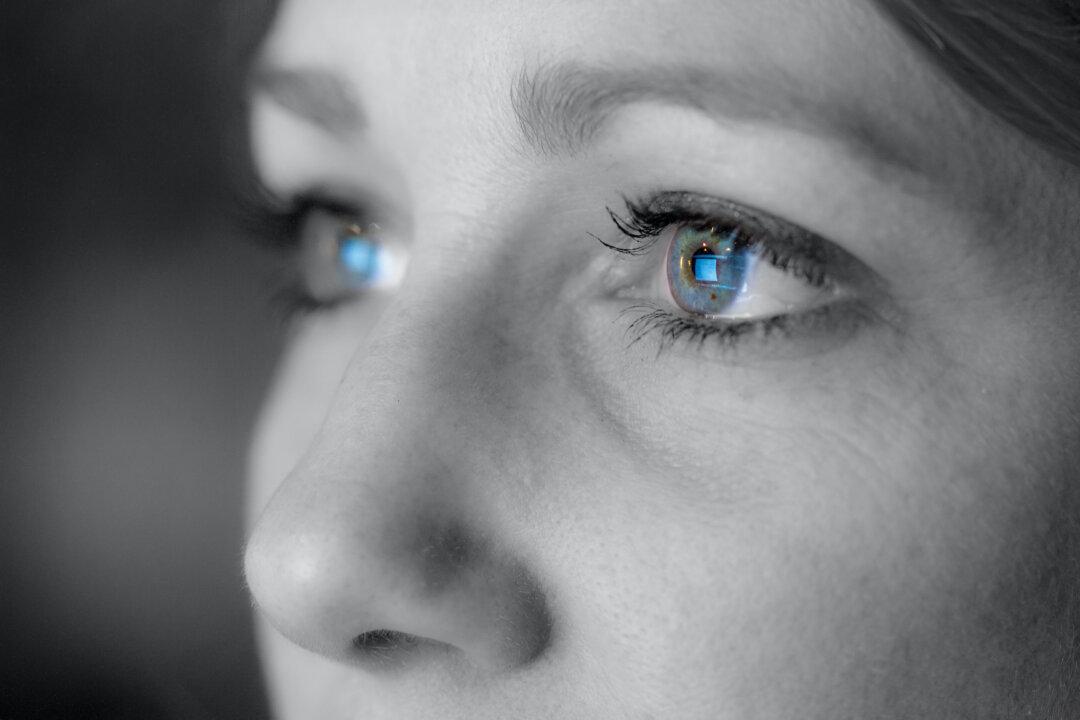The human body is a marvel on a level that can be hard to grasp with our limited human brains.
With all that we know now about human anatomy, there are still many enduring mysteries about the way our bodies work, especially our brains. One of the most enduring of these mysteries is exactly how, with all the visual input constantly bombarding our eyes, we humans manage to have a stable view of the world.






